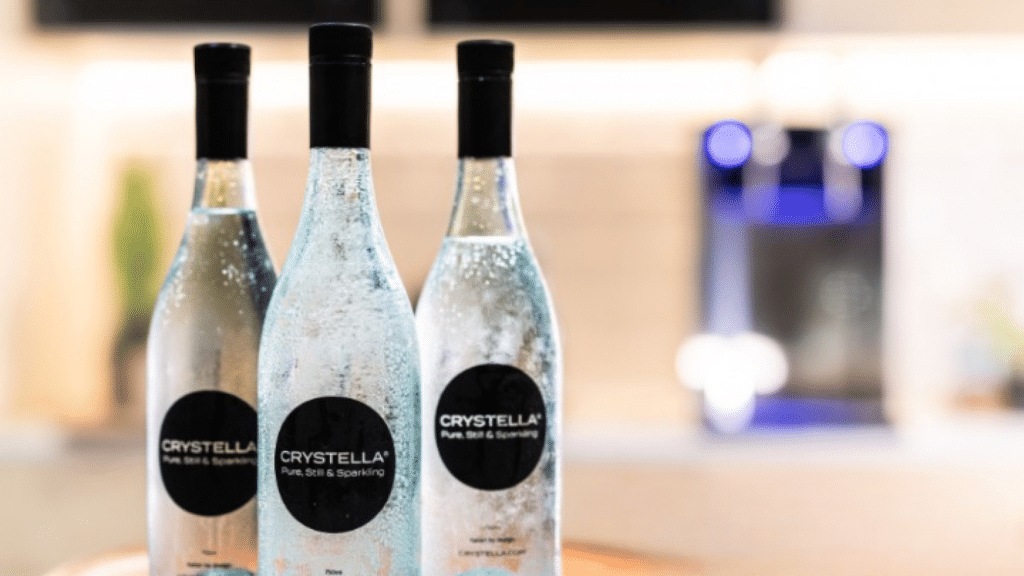
Sparkling water has captivated the taste buds of many Australians, offering a refreshing alternative to still water. But what exactly goes into making this fizzy beverage that is both delightful and hydrating? In this article, we will dive into the essence of sparkling water, its various types, health benefits, environmental considerations, and how to choose the best option for your hydration needs.
The defining characteristic of sparkling water is its carbonation. Carbon dioxide gas (CO2) is dissolved into water under pressure, creating the effervescent bubbles that make this drink uniquely satisfying. While some sparkling waters are naturally effervescent from sources rich in carbonated minerals, most commercially available options are artificially carbonated in factories.
Contrary to popular belief, sparkling water offers several health benefits, provided it’s consumed in its purest form without added sugars or artificial flavours:
The environmental impact of sparkling water largely depends on its packaging and sourcing. Carbonating water at home using a soda maker significantly reduces plastic waste and the carbon footprint compared to buying bottled sparkling water. Choosing products in recyclable containers, like glass bottles, also helps minimise environmental effects.
When selecting a sparkling water, consider the following factors to ensure it meets your health and environmental preferences:
Sparkling water is more than just a trendy drink; it’s a hydrating beverage that can fit well into a healthy lifestyle and environmental consciousness. By understanding what makes up the various types of sparkling water and the benefits each type offers, you can make informed choices that suit your taste and health preferences while also considering the planet.
Whether you’re enjoying a cold glass of naturally effervescent mineral water or a homemade glass of seltzer, the crisp, refreshing taste of sparkling water is sure to delight. So next time you reach for a drink, consider the fizzy option that not only quenches thirst but also offers health benefits and environmental advantages.
4.9-Stars
based on 89 Reviews